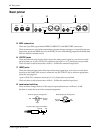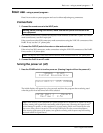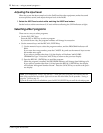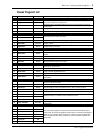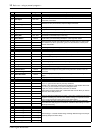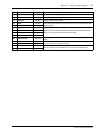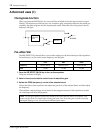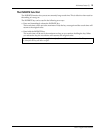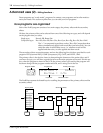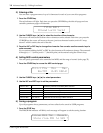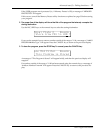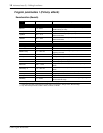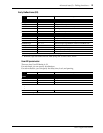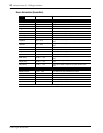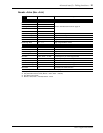
14 Advanced uses (2) – Editing functions –
ProR3 Digital Reverberator
Advanced uses (2) – Editing functions –
Preset programs are “ready-made” programs. In contrast, user programs can be tailor-made to
meet your needs. This section explains how you can edit your own programs.
How programs are organized
Each of the ProR3 program consists of two main stages; the primary effect and the secondary
effects.
Of these, the primary effect can be selected from one of the following ten types, and will depend
on the program that you select.
Single type: Reverb, ER, Room Sim
Compound type: Rev+Ech, Rev+ER, Rev+Cho, Rev+Sym, Rev+Flg, Rev+Pit, Rev+PAN
The “+” in compound type effects such as “Rev+Ech” means that these
effects simultaneously apply both reverb (Rev) and echo (Ech). You can
select the order in which these occur; i.e., whether reverb will be
applied and then echo, or echo applied and then reverb.
The secondary effects are supplementary, and are the following five which are provided for each
program: DFL (dynamic filter), COMP (compressor), EQ, GATE, and LEVEL/BAL.
The primary effect is the decisive factor in determining the character of the entire effect, and if
you know its type, you will have a good idea of how the entire program will sound. For this rea-
son, when the program is shown in the LCD, the primary effect type used by that program will
be shown along with the program number and title, and is also given in the list.
The ProR3 has separate dedicated keys for recalling the parameters of the primary effect and the
secondary effects.
Large Hall 1 Reverb
RevTime = 2.5s
Primary effect typeProgram number
Program title
Parameter valueParameter
Primary effect
Secondary effects
DFL
COMP
EQ GATE
LEVEL/
BAL
Reverb
ER
Room Sim
Rev+Ech
Rev+ER
Rev+Cho
Rev+Sym
Rev+Flg
Rev+Pit
Rev+PAN
MAIN
GATE
GATE
ON
LEVEL/
BAL
EQ
ON
EQ
FINE



